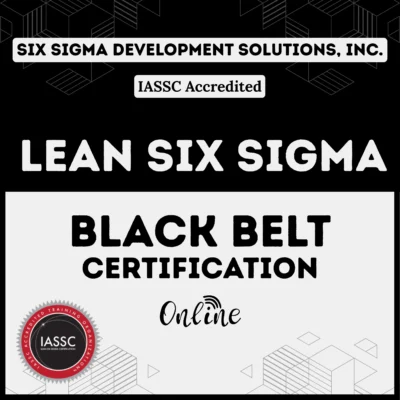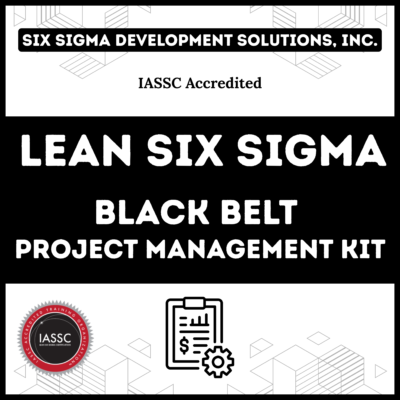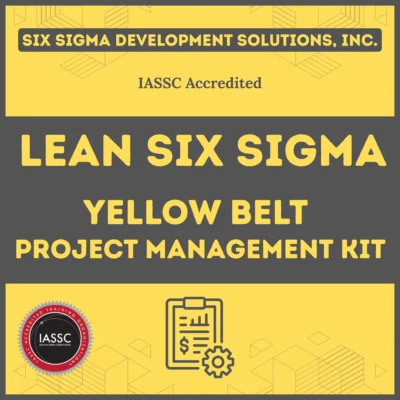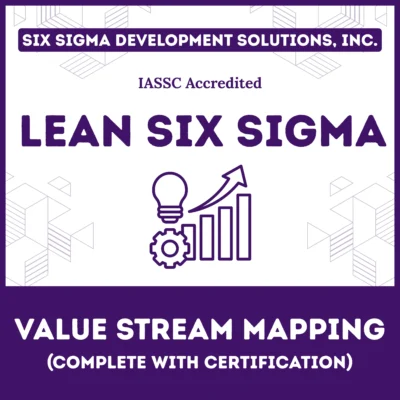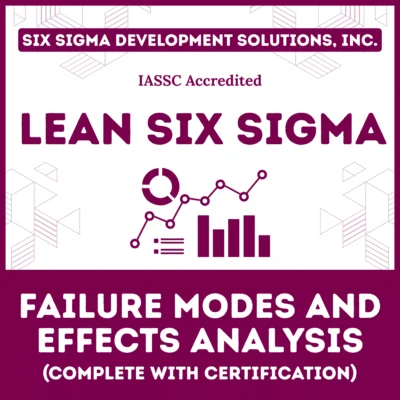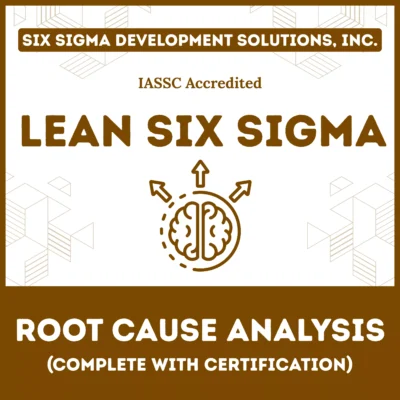Managing risks in a project can feel like navigating a stormy sea—without a clear map, you’re bound to hit rough waters. Enter the Risk Breakdown Structure (RBS), a powerful tool that organizes and clarifies risks to ensure smoother sailing. In project management, the RBS is like a lighthouse, guiding project managers to identify, assess, and mitigate risks effectively.
This article dives deep into what an RBS is, why it’s essential, how to create one, and its practical applications, all while weaving in real-world examples and actionable insights for project success.
Table of contents
What is a Risk Breakdown Structure?
So, what is an RBS in project management? Simply put, a Risk Breakdown Structure is a hierarchical framework that categorizes potential risks in a project based on their sources. Much like a Work Breakdown Structure (WBS) organizes tasks, an RBS organizes risks into manageable, structured categories.
According to the Project Management Institute (PMI), an RBS is defined as “a source-oriented grouping of project risks that organizes and defines the total risk exposure of the project” (Hillson, 2002).
Each level of the hierarchy breaks risks into more detailed subcategories, offering a clear view of where risks originate and how they might impact the project.
Think of the RBS as a family tree for risks. At the top, you have broad categories like technical, organizational, or external risks. As you move down, these categories split into specific sources, such as “technology failure” or “regulatory changes.” This structure helps project managers see the big picture while zooming in on specific risk areas that need attention.
Why the RBS Matters in Project Management?
Projects, whether building a skyscraper or launching a software app, are riddled with uncertainties. Without a clear way to organize these uncertainties, you’re left with a chaotic list of risks that’s hard to prioritize or manage. The RBS in project management solves this by providing a structured approach to understanding project risk categories. Here’s why it’s a game-changer:
- Clarity and Focus: The RBS breaks down complex risks into digestible parts, making it easier to pinpoint high-risk areas.
- Improved Risk Identification: By using the RBS as a prompt, teams can systematically identify risks across all project areas, reducing blind spots.
- Better Prioritization: It highlights concentrations of risk, allowing managers to focus resources on the most critical areas.
- Enhanced Communication: A standardized RBS provides a common language for discussing risks across teams and projects.
For those pursuing PMP certification, understanding the PMP RBS is crucial, as it’s a core component of the PMI’s risk management framework. It’s not just a theoretical concept—it’s a practical tool that can make or break a project’s success.
Public, Onsite, Virtual, and Online Six Sigma Certification Training!
- We are accredited by the IASSC.
- Live Public Training at 52 Sites.
- Live Virtual Training.
- Onsite Training (at your organization).
- Interactive Online (self-paced) training,
How to Create a Risk Breakdown Structure?
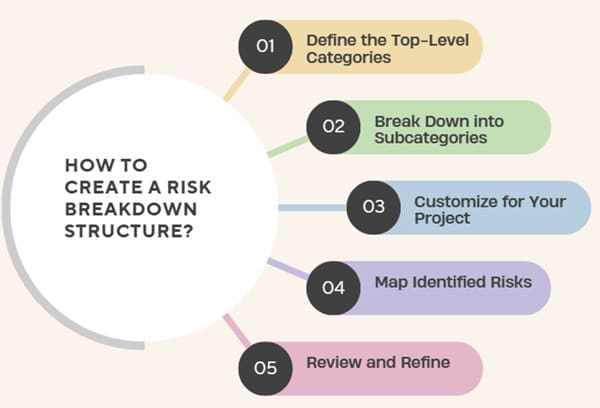
Creating an RBS template is straightforward but requires thoughtful planning. Here’s a step-by-step guide to building a risk breakdown structure in project management that works for your project:
Step 1: Define the Top-Level Categories
Start with broad risk categories that apply to most projects. Common categories include:
- Technical Risks: Issues related to technology, design, or performance.
- Organizational Risks: Challenges stemming from resources, management, or team dynamics.
- External Risks: Factors outside the project’s control, like regulatory changes or market shifts.
- Project Management Risks: Problems with planning, scheduling, or communication.
Step 2: Break Down into Subcategories
For each top-level category, identify more specific sources of risk (Level 2 and beyond). For example:
- Technical Risks might break into:
- Technology (e.g., obsolescence, compatibility issues)
- Design (e.g., complexity, feasibility)
- Performance (e.g., reliability, quality)
- Organizational Risks could include:
- Resources (e.g., staff shortages, budget constraints)
- Communication (e.g., unclear channels, misaligned teams)
- Management (e.g., inexperienced leadership, poor planning)
Step 3: Customize for Your Project
While generic RBS templates are useful, tailoring the structure to your project’s context is critical. For example, a risk breakdown structure example for a software development project might emphasize coding errors or integration issues, while a construction project might focus on site safety or regulatory compliance. Refer to industry-specific examples, like those for energy supply or pharmaceuticals, to guide your customization (Hillson, 2002).
Step 4: Map Identified Risks
Once your RBS is ready, use it to categorize risks identified during brainstorming sessions, workshops, or interviews. Mapping risks to the RBS reveals gaps, overlaps, or high-risk areas. For instance, if multiple risks fall under “Technology,” it signals a need for focused mitigation in that area.
Step 5: Review and Refine
Risks evolve as projects progress, so regularly update your RBS to reflect new insights or changes in project scope. This ensures your risk structure remains relevant and effective.
Also Read: Supply Chain Risk Management (SCRM)
Examples
To bring the concept to life, let’s explore a few risk breakdown structure examples tailored to different industries:
Software Development RBS
- Level 0: Project Risk
- Level 1: Technical, Organizational, External
- Level 2 (Technical): Requirements, Design, Code & Unit Test, Integration
- Level 3 (Requirements): Stability, Completeness, Feasibility
This structure, inspired by Dorofee et al. (1996), helps software teams identify risks like unstable requirements or coding errors early on.
Construction Design RBS
- Level 0: Project Risk
- Level 1: Environment, Client, Project Management
- Level 2 (Environment): Statutory, Market
- Level 3 (Statutory): Planning Approval Delays, Legislation Changes
This RBS, adapted from Chapman (2001), highlights risks like regulatory hurdles or client miscommunication, common in construction.
Generic Project RBS
- Level 0: Project Risk
- Level 1: Corporate, Customer & Stakeholder, External, Technology
- Level 2 (External): Natural Environment, Political, Economic
- Level 3 (Economic): Labor Market, Financial Market
This universal RBS, based on Hall & Hulett (2002), applies to diverse projects, from government initiatives to commercial ventures.
These examples show how an RBS definition adapts to specific project needs, making it a versatile tool for RBS project management.
Also Read: Work Breakdown Structure (WBS): Project Management’s Essential Tool
Benefits of Using an RBS
The PMP risk breakdown structure isn’t just a checklist—it’s a strategic asset. Here are its key benefits:
1. Comprehensive Risk Identification
The RBS acts as a prompt list during risk identification workshops, ensuring no stone is left unturned. By systematically covering all risk categories, it reduces the chance of missing critical risks.
2. Deeper Risk Assessment
By categorizing risks, the RBS reveals concentrations of risk. For example, a project with many risks under “Resources” might need better staffing or budgeting strategies. Using a P-I Score (Probability-Impact Score) to assess risks within each category provides a clearer picture of risk severity.
3. Cross-Project Comparison
For organizations managing multiple projects, a standardized RBS enables direct comparison of risk profiles. This is especially useful for tender evaluations or portfolio management, ensuring decisions are based on consistent risk data.
4. Streamlined Reporting
The RBS simplifies risk reporting by allowing managers to “roll up” high-level summaries for executives or “drill down” into details for project teams. A consistent RBS template ensures clear, unambiguous communication across projects.
5. Lessons Learned
Post-project reviews often generate valuable insights, but without structure, they’re hard to apply. An RBS organizes lessons learned by risk category, making it easier to identify recurring risks and develop preventive measures for future projects.
Practical Applications of the RBS
The risk breakdown structure in project management shines in real-world scenarios. Here’s how it’s applied:
- Risk Workshops: Use the RBS to guide brainstorming sessions, ensuring all risk sources are explored.
- Tender Evaluation: Compare risks across competing bids using a common RBS, making it easier to select the least risky option.
- Portfolio Management: Rank projects by risk exposure to balance a portfolio or allocate resources effectively.
- Post-Project Analysis: Structure lessons learned to build a risk knowledge base for future projects.
For PMP RBS practitioners, integrating the RBS into the PMI’s risk management process (as outlined in the PMBOK Guide) enhances its effectiveness, aligning with best practices.
FAQs on Risk Breakdown Structure
What is a Risk Breakdown Structure (RBS)?
An RBS is a hierarchical framework that categorizes project risks by their sources, helping project managers identify, assess, and manage risks effectively.
How does an RBS differ from a WBS?
While a Work Breakdown Structure (WBS) organizes project tasks, an RBS organizes risks by their sources, providing a structured approach to risk management.
Why is an RBS important for PMP certification?
The RBS is a key component of the PMI’s risk management framework, making it essential for PMP candidates to understand and apply in project management.
Can I use a generic RBS for any project?
A generic RBS can be a starting point, but tailoring it to your project’s industry and context ensures it captures all relevant risks effectively.
Where can I find RBS examples?
Examples of RBS structures for software, construction, and generic projects can be found in resources like the PMI’s publications or industry-specific studies (e.g., Hillson, 2002).
Final Read
The Risk Breakdown Structure is more than a tool—it’s a roadmap to navigating the uncertainties of project management. By organizing risks into a clear, hierarchical framework, the RBS empowers project managers to identify, assess, and mitigate risks with precision. Whether you’re leading a software development sprint, constructing a building, or managing a portfolio, the RBS provides the clarity and structure needed to stay ahead of risks.





